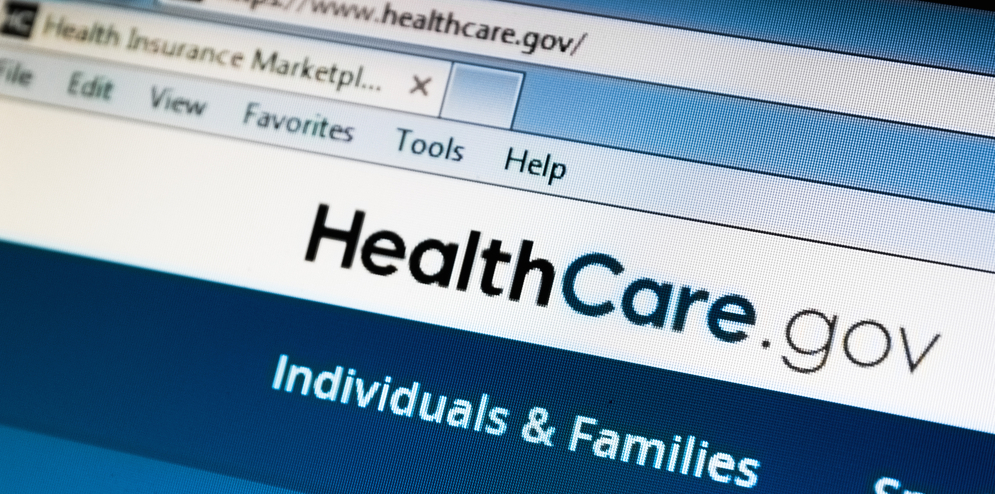The Affordable Care Act (ACA) is coming apart at the seams. Premiums for healthcare plans sold through HealthCare.gov are projected to increase by an average of 22 percent next year—nearly triple the 7.5 percent increase from 2015 to 2016.
Even worse, U.S. health care spending is expected to rise substantially in the next few years. According to the Kaiser Family Foundation, the average annual growth rate of healthcare spending will surpass five percent by 2020. This would bring the growth in healthcare spending back to pre-ACA levels. One reason is that new medical treatments and drugs—especially for life-threatening conditions like cancer—are pricey. When more sick people are insured (one of the ACA’s more noble goals), they gain more access to these expensive treatment plans. However, the increased demand for more expensive procedures can drive up premiums for the entire pool of insured Americans, causing more harm than good.
The high costs associated with the ACA have prompted millions of Americans to forgo coverage—despite the tax penalty associated with doing so. Preliminary data shows that roughly 5.6 million people paid a tax penalty instead of buying health insurance in 2015. One Los Angeles family, for example, paid a mandatory penalty of almost $1,000 because they found it preferable to the $400 or $500 monthly cost of an ACA health plan.
The ACA’s hidden costs are also taking a toll on state budgets. One of the major components of the healthcare law is Medicaid expansion, whereby states can choose to accept federal dollars to expand the government insurance program. (The nonpartisan Congressional Budget Office estimates that 13 million additional people will be enrolled in Medicaid this year as a result of the ACA.) However, this isn’t free money. The Foundation for Government Accountability (FGA) found that adult Medicaid enrollment in 24 of the 29 states that accepted Medicaid expansion exceeds projections by an average of 110 percent. As a result, states’ share of Medicaid expansion costs will rise from five percent to 10 percent by 2020, leaving taxpayers in those states on the hook for bloated budgets.
The problem is not what the ACA intended to do (expand health insurance), but what it failed to do: Control costs.



